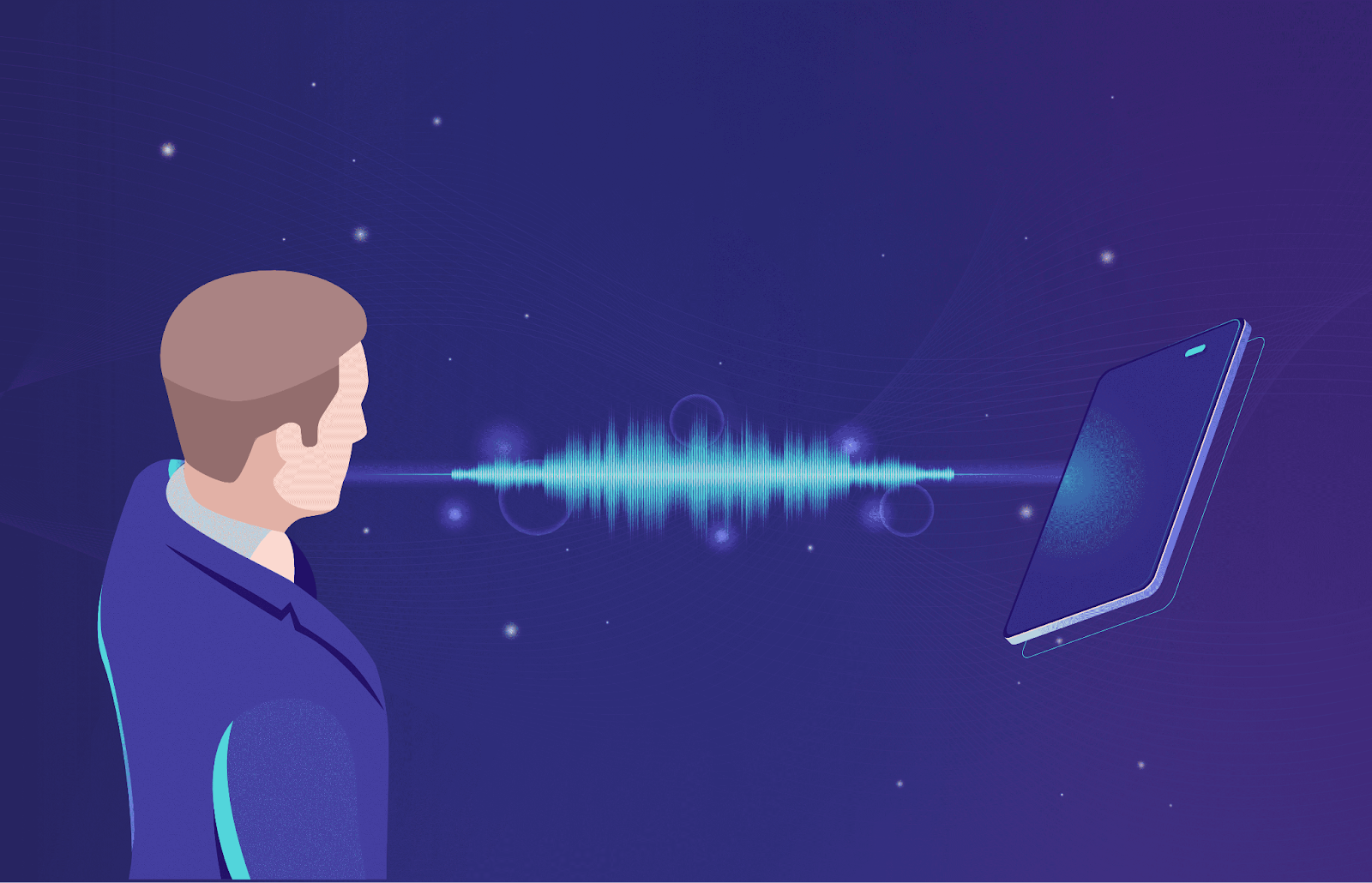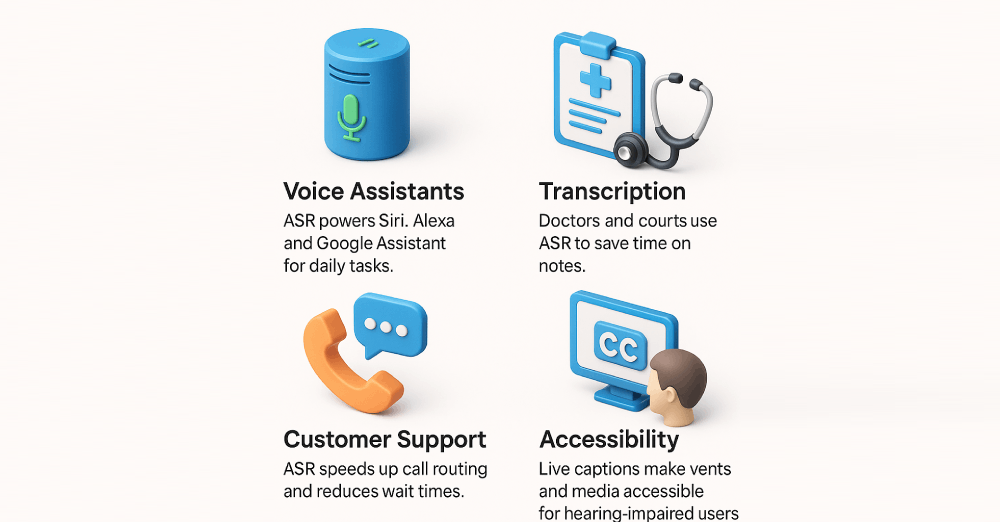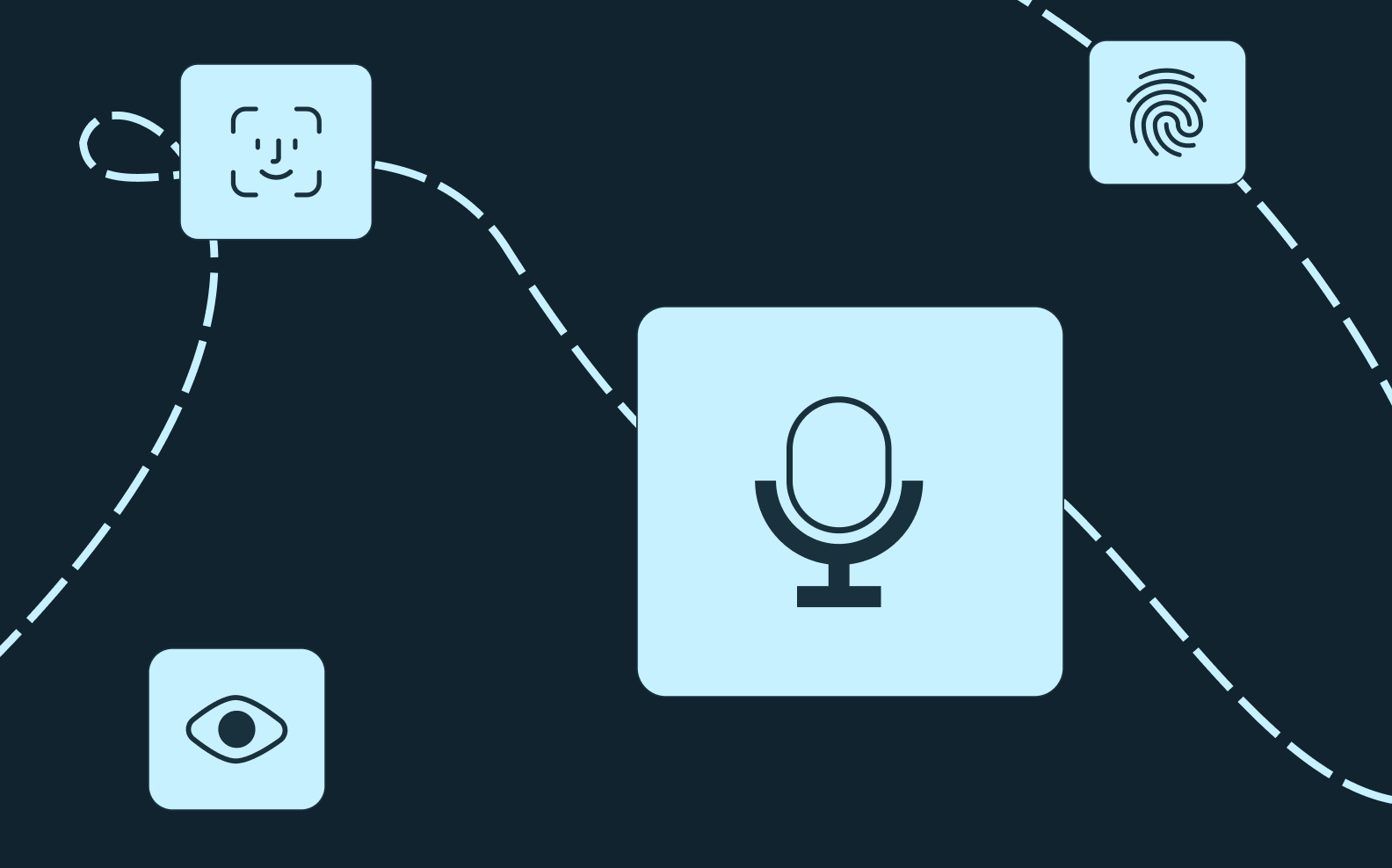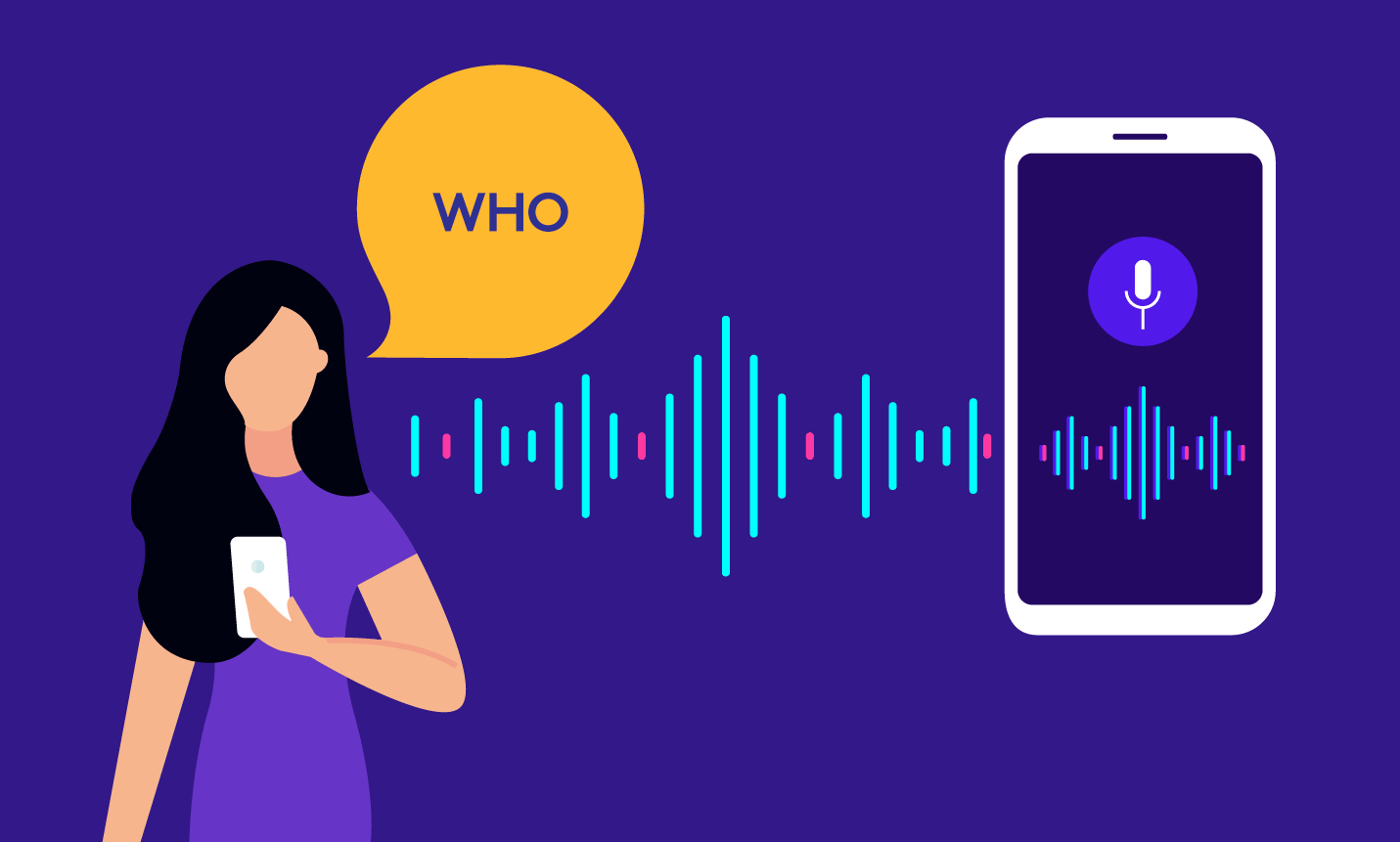Automatic Speech Recognition, known as ASR, has become a central element in digital communication. In 2025 the global ASR software market is estimated at about $16.8 billion and forecasts suggest it may reach $26.8 billion by 2033. North America alone already accounts for more than 42.1 % of revenue in the speech recognition industry. These numbers show the scale of adoption across consumer and professional fields.

Why does this matter today?
Voice recognition tools already control smartphones, manage cars, support doctors in recording patient information, and run in call centers. The question of accuracy now shapes critical areas such as medical transcription and legal documentation where a single error can have serious effects. At the same time, growing concerns about privacy and data storage add tension to the rapid spread of these systems.
The intrigue lies in the fact that even with top models reporting Word Error Rates below 5 %, researchers still find that context, accents, and noisy conditions can create significant risks. Many people trust ASR in everyday life without considering these challenges. Understanding how the technology works, what it offers, and where it struggles helps make better decisions about using it in sensitive environments.
What is Automatic Speech Recognition
Automatic Speech Recognition is the process of turning spoken words into written text. At its core, it is a set of statistical and machine learning models trained to recognize patterns in audio. Early systems were limited to very small vocabularies and required users to speak slowly and clearly. Over time, with advances in computing power and access to massive datasets, ASR systems learned to handle natural conversations across multiple languages.
Today, companies such as IBM and NVIDIA provide detailed explanations of how modern ASR works. They highlight that success comes not only from bigger datasets but also from the rise of deep learning methods. These models can capture context, detect nuances in tone, and handle speech in noisy environments.
ASR is no longer a simple transcription tool. It forms the backbone of services like real-time captions, automatic meeting notes, voice search, and digital assistants. For example, more than 60 % of American adults now use voice assistants on their phones or smart speakers at least once a week. This shows how speech recognition has become part of ordinary daily interaction with technology.

How Does ASR Work
The process of ASR may seem seamless to the user, but it is built on several complex steps that interact with each other. Each stage affects the accuracy of the final transcript.
Audio capture: Speech is recorded through a microphone. The quality of this recording sets the base for the system. A high-quality microphone and quiet environment give the model better input.
Preprocessing: Noise reduction and normalization adjust the raw signal. Algorithms remove background sounds such as typing, coughing, or traffic noise. They also standardize volume levels so that speech remains consistent across different speakers.
Feature extraction: Mathematical methods transform the audio signal into features that capture the essence of speech sounds. These include spectrograms, Mel Frequency Cepstral Coefficients, and other representations that highlight patterns useful for recognition.
Decoding: Machine learning models map extracted features to phonemes and words. This stage is where neural networks play the biggest role. They predict likely sequences of words based on both sound and context.
Post-processing: The system inserts punctuation, capitalization, and formatting. Without this step, output would be hard to read. Some systems even correct grammar or add tags such as speaker identification.
Each step depends on the previous one. If background noise is not removed correctly, feature extraction may produce poor representations. That in turn lowers the accuracy of decoding.
Key Technologies Behind ASR
The real progress in ASR over the last decade came from the introduction of deep learning.
Machine learning and deep learning models: Early ASR relied on hidden Markov models and Gaussian mixtures. These models had clear limits. Deep learning replaced them with neural networks capable of handling far more data and capturing context more effectively.
Recurrent neural networks and Transformers: Recurrent networks allowed systems to process speech sequences while considering what came before. More recently, Transformer architectures with self-attention mechanisms replaced them in many cases, offering faster training and better accuracy.
Natural Language Processing: NLP provides context awareness. A sequence of words like “I scream” versus “ice cream” requires context to be interpreted correctly. NLP models trained on billions of sentences help ASR systems make these distinctions.
In 2025 researchers highlight the value of alternative evaluation metrics. An ACL study shows that Character Error Rate can outperform Word Error Rate in multilingual contexts. A new metric called Hallucination Error Rate has also been proposed. It measures the risk of ASR outputting entirely fabricated words, which can be dangerous in medical or legal records.

Applications of ASR Technology
ASR is now embedded in many areas of modern life:
- Voice assistants: Siri, Alexa, and Google Assistant rely heavily on ASR. Millions of households use them for everyday tasks such as reminders, shopping, and controlling appliances.
- Transcription services: In medicine, ASR systems transcribe patient encounters, saving doctors hours of manual documentation each week. In the legal field, they support courtroom transcripts.
- Customer support: Interactive voice response systems depend on ASR to understand customer requests and provide faster routing. Many companies report shorter handling times thanks to automation.
- Accessibility tools: Subtitles for live events, lectures, and television programs are now often generated by ASR, making content available to people with hearing impairments.

A National Library of Medicine study shows that medical transcription using ASR can reduce clerical workload and improve patient care. Hospitals report savings of thousands of hours per year when documentation shifts from manual typing to automated recognition.
Benefits of ASR Technology
The growth of ASR is explained by its clear benefits:
Efficiency: Meetings, interviews, and medical consultations can be transcribed in real time. This reduces manual effort and improves productivity.
Accessibility: People with hearing or mobility impairments gain better access to information. Students who cannot take notes quickly can follow live captions.
Enhanced experience: Voice driven applications feel natural and modern. Users interact faster compared to typing on small screens.
Integration with products: The Graphlogic Speech-to-Text API allows businesses to embed accurate transcription directly into their software. Developers use it to add voice capabilities without building models from scratch.
For enterprises, efficiency translates directly into lower costs. Reports show that companies using ASR in call centers can cut average handling time by more than 15 % and save millions of dollars annually in staffing costs.

Challenges and Limitations of ASR
Despite progress, ASR faces persistent problems:
Noise and accents: Systems trained on standard accents often struggle with regional speech. Noisy environments such as hospitals or busy streets lower accuracy.
Homophones and context: Words that sound alike confuse models unless strong NLP support is present.
Privacy concerns: Voice data often contains personal or medical information. Regulations such as HIPAA require strict storage and consent rules.
Bias: Some systems perform better with male voices than female voices, or with speakers from specific regions. This raises fairness concerns.
Even when Word Error Rates fall below 5 %, these challenges remain. For high risk fields like healthcare, small mistakes can have major impact.
How to Evaluate ASR Performance
Performance is usually measured using several metrics:
- Word Error Rate (WER): Counts insertions, deletions, and substitutions, then divides by total words. Lower WER means better accuracy.
- Character Error Rate (CER): Useful for languages with complex characters. Provides finer analysis than WER.
- Real time factor: Shows how fast transcription happens compared to speech. A factor below 1 means the system works faster than real time.
- Hallucination Error Rate (HER): Proposed in 2025 to measure cases where systems create words not spoken.
A combination of these metrics is recommended for proper evaluation. For example, a system might have low WER but still produce hallucinations that are dangerous in clinical use.

The Future of ASR Technology
ASR is moving toward deeper integration with artificial intelligence and connected devices.
AI and IoT: Voice recognition will run inside home appliances, cars, and wearable devices. Users will issue commands without keyboards or touch screens.
Multilingual support: Real time translation may become mainstream. Imagine a doctor speaking in English and a patient receiving instant transcription in Spanish.
Domain specific models: Industries such as healthcare, finance, and law will use specialized ASR trained on field-specific vocabulary.
Integration with conversational platforms: The Graphlogic Generative AI and Conversational Platform already combines ASR with dialogue engines, enabling more natural interaction between humans and machines.
Research shows that large language models integrated with ASR improve recognition of rare words and context. These advances suggest that in the near future, ASR may approach human level performance for many practical tasks.
Key Points to Remember About ASR
- ASR converts speech into text through advanced models.
- The market is expanding rapidly and expected to double in the next decade.
- Benefits include efficiency, accessibility, and improved user experience.
- Challenges remain around noise, accents, privacy, and bias.
- New metrics like Character Error Rate and Hallucination Error Rate give a more complete view of accuracy.
The future points to real time translation and industry specific customization.

